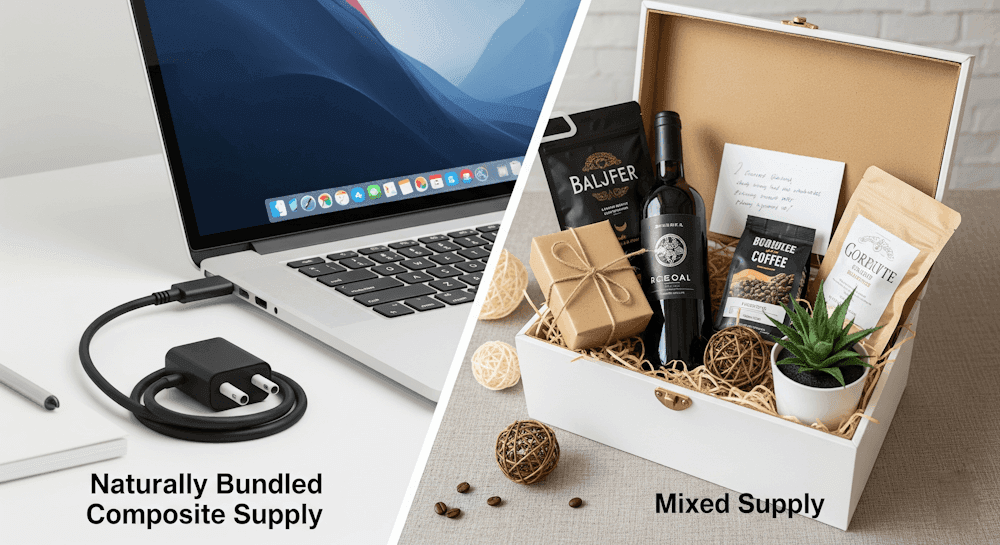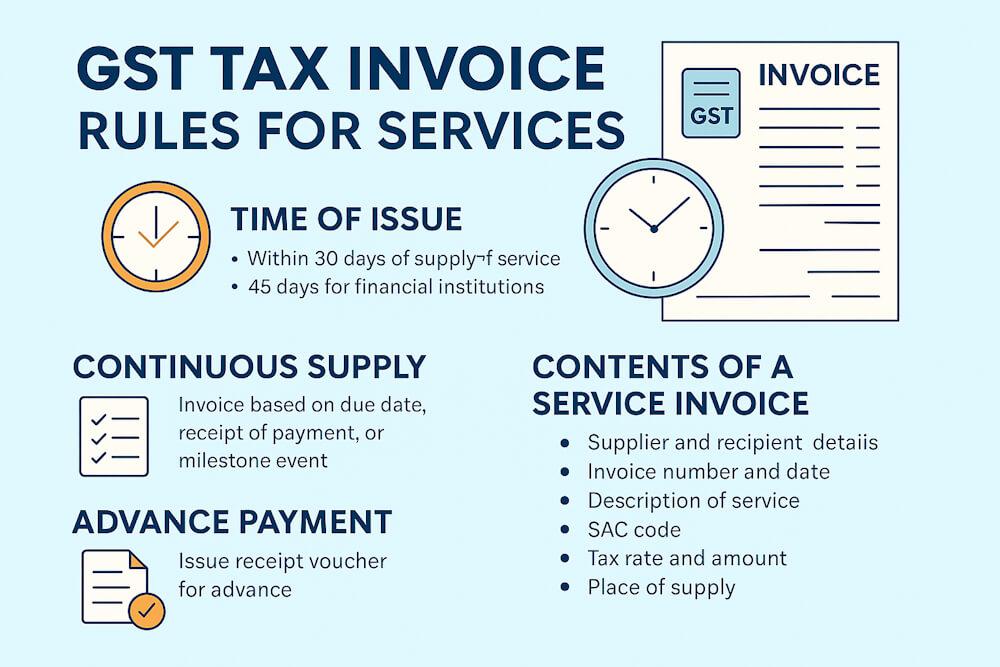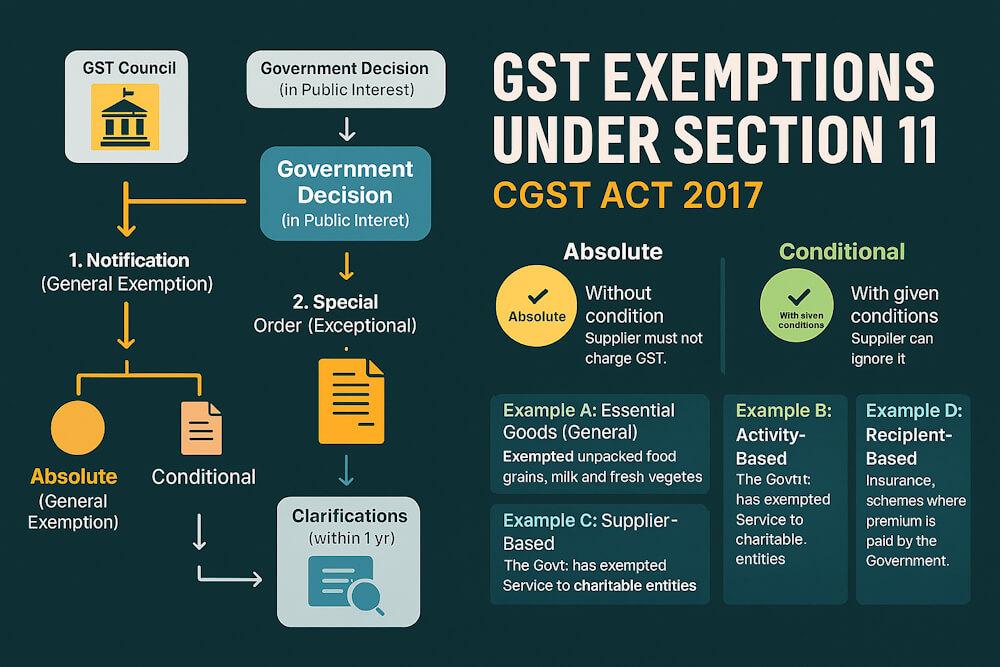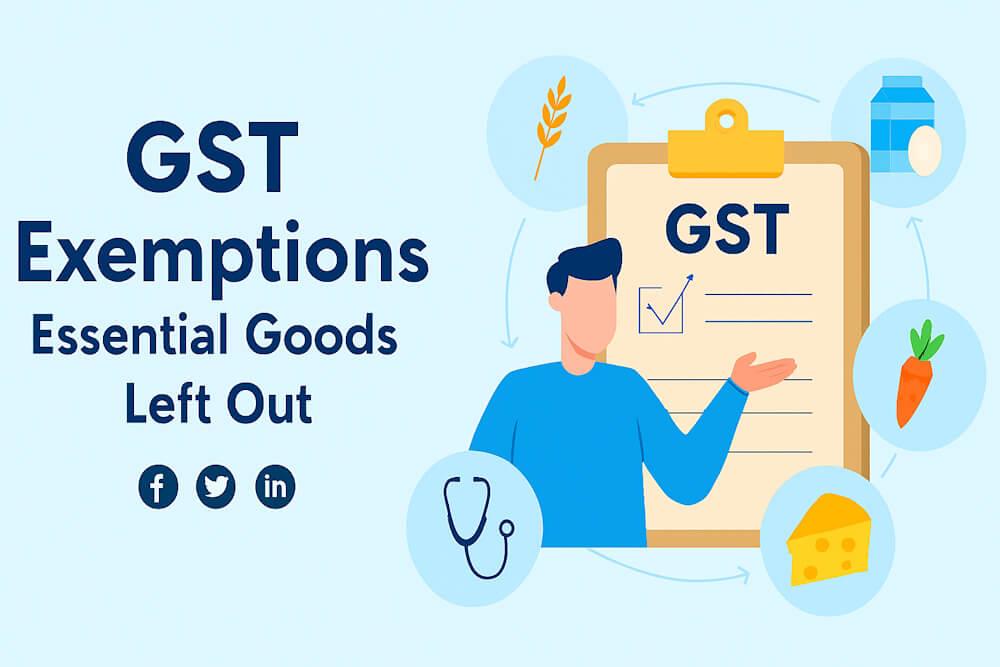What is Composite and Mixed Supply Under GST?
If you’ve been trying to wrap your head around GST, you’ve probably noticed that it’s not just about selling one thing and paying tax on it. Sometimes businesses sell things in bundles. And that’s where this whole idea of composite supply and mixed supply comes in. Sounds like jargon, right? But really, it’s just about how the government looks at bundles of goods or services and decides which tax rate applies.
I’ll be honest—this is one of those topics that confuses people, not because it’s complicated, but because it feels unnecessary. But the difference between the two can actually make or break your GST calculation.
So, what’s composite supply?
Think of composite supply like this: you’re getting two or more things together, but they naturally belong with each other. One thing is the star of the show, the other is just tagging along.
Like when you buy a laptop. The charger comes inside the box. Nobody goes around buying the charger separately—it’s just part of the deal. GST says, “Okay, the main thing here is the laptop, so tax the whole package at the laptop’s rate.” That’s composite supply.
Or say you book a hotel stay and breakfast is included. The main supply is the room. The breakfast is nice, but it’s not the reason you booked. So GST treats the entire deal as room supply.
Another one: you courier a parcel, and the company gives you basic insurance. You’re really paying for the transport, not the insurance. So the transport is the main thing. Insurance is just bundled in.
See the pattern? Composite supply is about main + sidekick.
And mixed supply?
Mixed supply is where things are bundled, but they don’t really belong together. They’re not “naturally” connected. They’re just put together for marketing or convenience.
The classic one—Diwali gift hampers. You’ve got chocolates, a bottle of wine, maybe a soft drink, all in one pack. Are those things naturally bundled? Not really. They’re just packaged together because it looks good. And here’s the catch: GST says you have to tax the whole pack at the highest rate among the items inside. So if wine carries the highest GST, that’s the rate applied to everything in that hamper.
Or imagine a shop sells a combo with a pen, a diary, and a keychain. Nobody says, “Oh, I must always buy these three together.” They’re unrelated. Again, that’s a mixed supply.
Basically: if the items don’t have a natural reason to be together, GST slaps the highest rate on the whole combo.
Why all the drama?
Now you might wonder, “Why does the government even bother with this distinction?” The answer is money. If businesses were free to classify everything as composite supply, they’d just bundle high-tax items with low-tax ones and pay less tax overall.
Think about it. If a shop sells wine and chocolates together but calls it composite (with chocolates being the main supply), then they’d pay a much lower rate. That would mean less revenue for the government. By calling it mixed supply, GST makes sure the higher rate applies, plugging that loophole.
So the whole point is to stop businesses from being too clever with their packaging.
Real-world examples businesses deal with
Let’s get out of theory. Here are some messy, everyday cases:
- A telecom operator sells a SIM card with a bundled plan (talktime, data, SMS). This is composite, because all those services are tied together.
- A travel company sells a holiday package with airfare, hotel, and sightseeing. Again composite, because nobody books those separately—it’s expected as one package.
- A supermarket creates a “festival offer” with a toaster, coffee, and cookies in one box. That’s mixed, because those items don’t really depend on each other.
- You buy a fridge along with an extended warranty. That’s composite, because the warranty goes hand in hand with the fridge.
See how different the outcomes can be depending on the classification?
Where businesses usually slip
The confusion usually happens with marketing bundles and festive offers. A retailer thinks, “Oh, I’m giving this as one deal, so let me just call it composite.” But tax officers look at it differently. If it’s not naturally bundled, they’ll reclassify it as mixed supply. And then, not only do you end up paying extra GST, but you also deal with penalties for misclassification.
So, one practical tip: always ask yourself, would customers normally expect these items together? If yes, it’s composite. If no, it’s mixed.
Why it matters for you
At the end of the day, the difference decides how much GST you actually pay.
- Composite supply → one rate (based on the main supply).
- Mixed supply → highest rate in the pack.
That single classification can change your tax bill significantly.
Wrapping this up
So yeah, composite and mixed supply sound like boring legal words, but they’re not just theory. They affect your day-to-day business. Composite is all about things that belong together naturally—like laptop and charger, hotel and breakfast. Mixed is about artificial combos—gift hampers, festival packs, random bundles.
The key takeaway: next time you’re selling or buying a package deal, don’t just look at the price tag. Stop for a second and ask: do these things naturally go together, or are they bundled for convenience? Because GST won’t see them the same way. And trust me, getting this wrong is way more expensive than spending a few extra minutes thinking about it.





